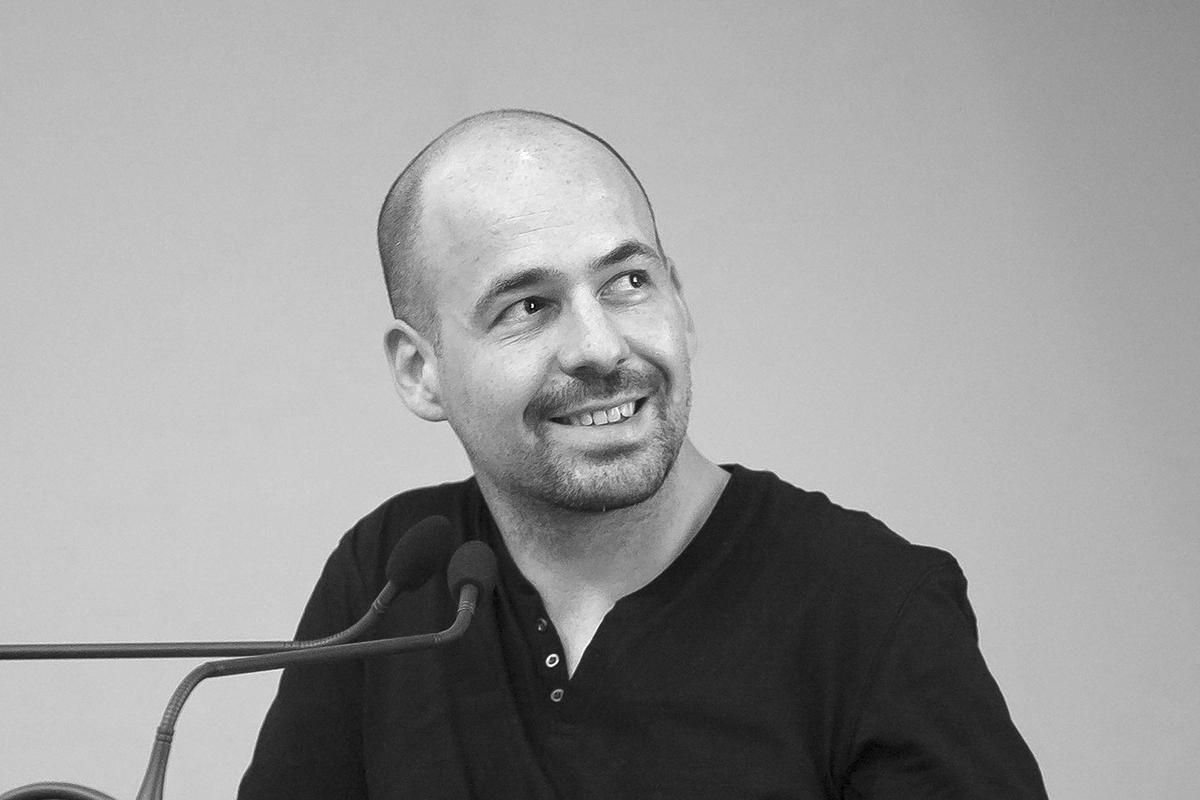The typical infarct volume trajectories in stroke patients, categorized as slow or fast progressors, remain largely unknown. This study aimed to reveal the characteristic spatiotemporal evolutions of infarct volumes caused by large vessel occlusion (LVO) and show that such growth charts help anticipate clinical outcomes.
Methods
The researchers including Pierrick Coupé, member of the VBHI Board of Directors, Vincent Dousset, member of the VBHI Management Board, Michel Thiébaut de Schotten and Igor Sibon, VBHI Deputy Scientific Directors, and Thomas Tourdias, member of the VBHI Board of Directors conducted a secondary analysis from prospectively collected databases (FRAME, 2017–2019; ETIS, 2015–2022). They selected acute MRI data from anterior LVO stroke patients with witnessed onset, which were divided into training and independent validation datasets.
In the training dataset, using Gaussian mixture analysis, they classified the patients into 3 growth groups based on their rate of infarct growth (diffusion volume/time-to-imaging).
Subsequently, they extrapolated pseudo-longitudinal models of infarct growth for each group and generated sequential frequency maps to highlight the spatial distribution of infarct growth.
They used these charts to attribute a growth group to the independent patients from the validation dataset.
They compared their 3-month modified Rankin scale (mRS) with the predicted values based on a multivariable regression model from the training dataset that used growth group as an independent variable.
Results
The researchers included 804 patients (median age 73.0 years [interquartile range 61.2–82.0 years]; 409 men).
The training dataset revealed nonsupervised clustering into :
- 11% (74/703) slow,
- 62% (437/703) intermediate, and
- 27% (192/703) fast progressors.
Infarct volume evolutions were best fitted with a linear (r = 0.809; p < 0.001), cubic (r = 0.471; p < 0.001), and power (r = 0.63; p < 0.001) function for the slow, intermediate, and fast progressors, respectively. Notably, the deep nuclei and insular cortex were rapidly affected in the intermediate and fast groups with further cortical involvement in the fast group.
The variable growth group significantly predicted the 3-month mRS (multivariate odds ratio 0.51; 95% CI 0.37–0.72, p < 0.0001) in the training dataset, yielding a mean area under the receiver operating characteristic curve of 0.78 (95% CI 0.66–0.88) in the independent validation dataset.
The researchers revealed spatiotemporal archetype dynamic evolutions following LVO stroke according to 3 growth phenotypes called slow, intermediate, and fast progressors, providing insight into anticipating clinical outcome. They expect this could help in designing neuroprotective trials aiming at modulating infarct growth before EVT.
Scientific publication
Planes D , Munsch F , Fukutomi H, Marnat G, Courret T, Micard E , Chen B, Seners P, Planche V, Coupé P, Dousset V, Lapergue B, Olivot JM , Sibon I , Thiebaut de Schotten M, Tourdias T. Dynamic evolution of infarct volumes at MRI in ischemic stroke due to large vessel occlusion. Neurology. 2024;102(12):e209427. https://doi.org/10.1212/WNL.0000000000209427


